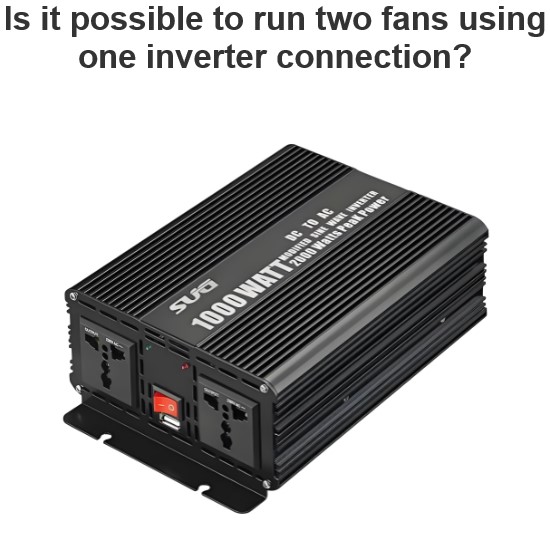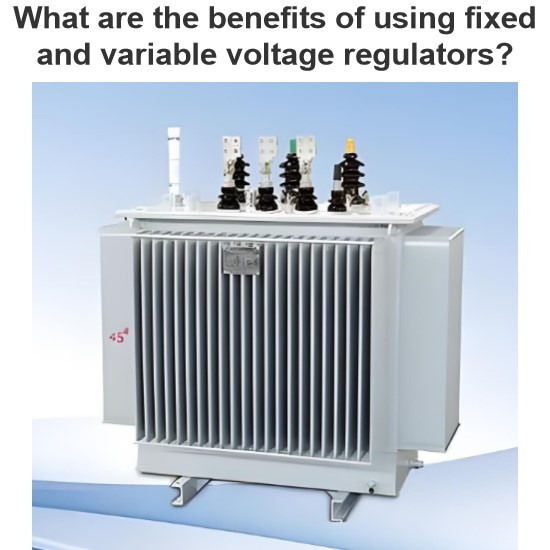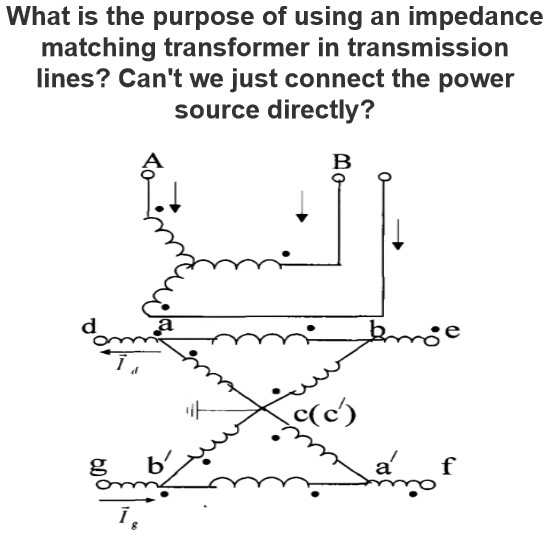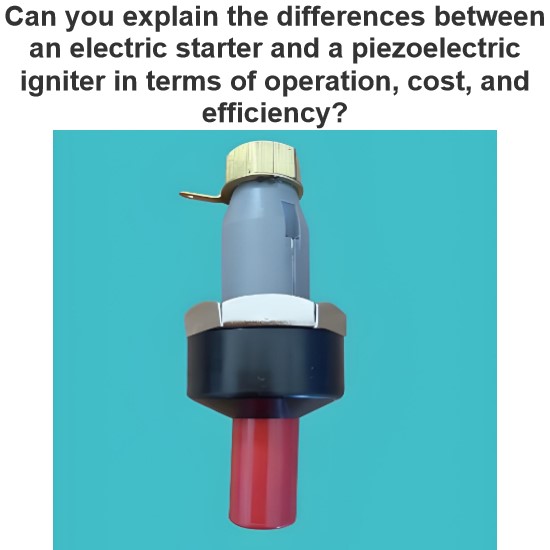What are the methods for identifying whether a transformer has solid insulated windings or paper-oil insulated windings?
Identifying whether transformer windings use solid insulation or paper-in-oil insulation involves several methods, including physical inspection, electrical testing, and other analytical approaches. Here are some common methods to distinguish between the two types of insulation:
Physical Inspection
1. Visual Inspection
Inspect Winding Materials: Solid insulation transformers typically use polymers (such as epoxy resin, polyester film, etc.) as insulating materials, whereas paper-in-oil insulation transformers use impregnated paper and oil.
Disassembly Inspection : If feasible, disassembling the transformer can allow for an examination of the internal winding insulation materials.
2. Weight Comparison
Weight Difference: Since paper-in-oil insulation transformers contain a significant amount of insulating oil, they tend to be heavier than solid insulation transformers of the same capacity.
Electrical Testing
1. Dielectric Constant Measurement
Dielectric Constant : Different insulating materials have different dielectric constants. By measuring the dielectric constant of the windings, one can infer the type of insulation material. Solid insulations (like epoxy resin) have different dielectric constants compared to paper-in-oil insulations.
2. Withstand Voltage Test
Withstand Voltage Performance : The withstand voltage performance of solid insulation and paper-in-oil insulation can vary. Solid insulation usually exhibits higher withstand voltage performance, while paper-in-oil insulation might perform poorly under high temperatures and humidity.
3. Leakage Current Measurement
Leakage Current : Measuring the leakage current of the windings under applied voltage can reveal differences. Solid insulations generally show lower leakage currents.
Other Analytical Methods
1. Thermographic Inspection
Temperature Distribution : Using infrared thermography to inspect the temperature distribution of the transformer during operation can help identify the type of insulation based on thermal patterns. Solid insulation and paper-in-oil insulation exhibit different heating profiles.
2. Chemical Composition Analysis
Sample Analysis : Sampling and chemically analyzing the contents of a transformer suspected to contain insulating oil can confirm the presence of paper-in-oil insulation.
3. Acoustic Inspection
Sound Characteristics: Auditory or acoustic instruments can detect the sound characteristics of the transformer during operation. Different types of insulations might produce distinct sound patterns.
Comprehensive Evaluation
Combine Multiple Methods: In practice, multiple methods are typically combined to make a comprehensive determination. A single method might not be sufficient for accurate identification, so multiple testing techniques are recommended to cross-verify results.
Considerations
Professional Skills: Electrical tests and analyses require professional knowledge and skills to ensure accurate results and safety.
Safety Precautions: When performing disassembly or other operations, appropriate safety measures should be taken to avoid injury or damage to the equipment.
Summary
Identifying whether transformer windings use solid insulation or paper-in-oil insulation can be achieved through physical inspection, electrical testing, and other analytical methods. In practice, combining multiple methods is advisable, and safety precautions must be observed during testing. If specific testing or analysis is needed, consulting with professional electrical engineers or technicians is recommended.
If you have any further questions or need additional information, please feel free to ask!
The Electricity Encyclopedia is dedicated to accelerating the dissemination and application of electricity knowledge and adding impetus to the development and innovation of the electricity industry.




